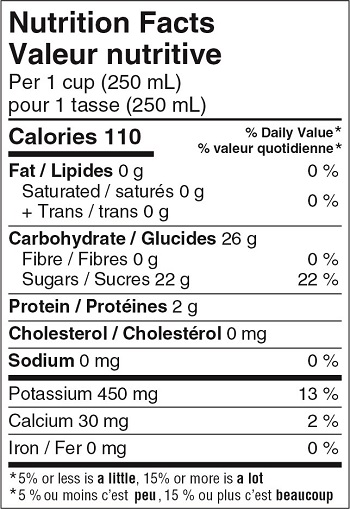Are you sneezing more or suffering from watery eyes or congestion lately? You are not alone. Springtime in Ancaster and the Greater Hamilton Area often brings an upswing in allergy symptoms for many residents. As trees bud, grasses green, and flowers bloom, the allergens in our air also increase. For those suffering from allergies, asthma, or other respiratory conditions, this time of year can trigger a host of related symptoms and respiratory irritation.
May is a perfect time to revisit how to manage allergy symptoms and explore seasonal allergy remedies. In fact, the first Tuesday of each May is also World Asthma Day, and a timely reminder of the importance of respiratory health for those affected by both allergies and asthma.
At Alliance Chiropractic, many of our patients suffer from allergies which can be seasonal or environmental. For some, they are serious enough to impact patients’ energy levels, sleep patterns, and overall quality of life. The good news? There are ways to reduce symptoms and find relief, including natural strategies that support your body’s response to environmental triggers.
What Are Seasonal Allergies?
Allergies are unpredictable: they can develop at any stage in life, and can disappear just as randomly as they began. Seasonal allergies such as hay fever occur when your immune system reacts to environmental allergens such as tree pollen, grasses, and weeds. Common symptoms include:
- Sneezing
- Nasal congestion
- Runny or itchy nose
- Watery or itchy eyes
- Coughing or throat irritation
- Fatigue
Symptoms can be especially frustrating when they start to interfere with daily activities and living. Managing seasonal allergies effectively helps ensure your comfort so you can fully engage at work, home, or school.
Simple Strategies to Manage Allergy Symptoms
You do not need to suffer through allergy season. These everyday strategies may help limit your exposure and ease discomfort:
- Keep windows closed during high pollen days, especially in the morning when pollen counts are typically at their highest.
- Shower and change clothes after spending time outside to remove pollen that may have settled on your skin or clothing.
- Use a HEPA filter in your home or bedroom to help trap airborne allergens.
- Check pollen forecasts and plan outdoor activities for lower-risk days.
Even small changes to your routine can make a big difference by reducing the amount of pollen you come in contact with.
Natural Remedies That May Help
Some people find relief from seasonal allergy symptoms by incorporating natural options into their care routine. Here are a few worth considering:
- Saline nasal rinses can help flush out allergens and clear nasal passages.
- Local honey contains local pollens which can help strengthen the body’s tolerance to them.
- Herbal teas such as peppermint, nettle, or chamomile can offer symptomatic relief and help soothe allergy symptoms.
- Vitamin C and quercetin (found in apples, onions, and leafy greens) are known for their antioxidant and antihistamine-like properties.
A word of caution – always speak with your healthcare provider before trying any new remedies, especially if you have other health conditions or take medication.
What About Naturopathic Medicine?
At Alliance Chiropractic, naturopathic care is a treatment option available as part of our multidisciplinary health services. Naturopathic medicine is often used to help patients manage chronic allergy symptoms by addressing underlying imbalances in the body. If you would like more information, get in touch.
May is also Food Allergy Awareness Month
We also want to shed a light on food allergies given May is also Food Allergy Awareness Month.
Over 3 million Canadians, representing roughly 7.5% of Canadians, or one out of every two households live with food allergies. Managing risk means knowing the signs of an allergic reaction, reading labels carefully, and being appropriately prepared for emergencies. You can learn more at the Food Allergy Canada website.
Taking Care of Your Breathing and Your Well-being
If you or a loved one suffer from seasonal allergies, addressing symptoms before they start to wear you down, is important. Small changes can help minimize symptoms but seek professional help if your symptoms are impacting your ability to manage your activities of daily living at home, work, or school.
The Alliance Chiropractic team is here to support you. While our focus remains your musculoskeletal health, we know your well-being depends on many factors. We are committed to sharing tips and information to help you feel confident and informed about your health and lifestyle choices.
Contact us if you have any questions regarding this blog or any other health or wellness concern.
Want to stay updated on health information? Subscribe to our quarterly newsletter here.
Information for this blog was sourced from foodallergycanada.ca, asthma.ca, and alliancechiroandwellness.com.











